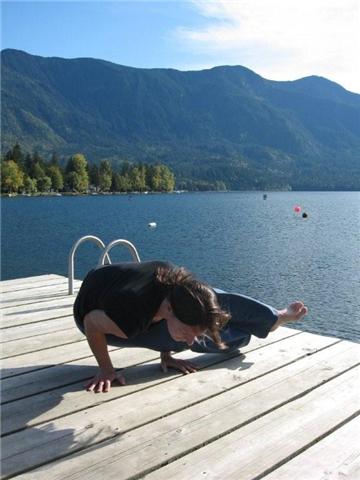Yoga with Kerry
"Yoga will meet you right where you are"
8 Limbs of Ashtanga Yoga
The classical style of Ashtanga yoga was developed by Patanjali, the author of the Yoga Sutras who described the eight aspects of Yoga as limbs of a tree. The 8 limbs of Ashtanga Yoga were developed and passed down by Krishnamacharya and then to Patanjali Jois who developed the Ashtanga Yoga Research Institute and is now followed by many in the East and West as a traditional form of Hatha Yoga. Vinyasa Flow Yoga is an extension of Ashtanga Yoga and follows the same philosophies, but uses different sequence of poses.
"When practiced with regulation and awareness, the tree described by Patanjali begins to sprout. Practice is the only means of feeding it. 99% practice, and 1% theory" K. Pattabhi Jois.
8 Limbs of Ashtanga Yoga
(Ashta = 8, Yoga=Union/Yoke)
1. Yama (Ethical Considerations) : Developing personal insights and how we interact with others and our environments.
Ahimsa (non-harm), Satya (truthfulness), Asteya (non-stealing), Brahmacharya (Self-control), Aparigraha (Non-grasping).
2. Niyamas (How we interact with ourselves, our internal world):
Saucha (Purity/non-clutter), Santosha (Joy/contentment), Tapas (Cleanliness/austerity), Svadhyaya (self-study/awareness), Ishwar-Pranidhan (Meditation/Consciousness)
3. Asana (Yoga postures)
4. Pranayama (Breathing techniques)
5. Pratyahara (Sense awareness and withdrawal)
6. Dharana (Concentration on 1 object)
7. Dhyana (Meditation)
8. Samadhi (State of joy and bliss)
"It is good to have an end to journey toward; but it is the journey that matters in the end." Ursula K. LeGuin
Links for Yoga resources:
Yoga for Chronic Pain by Neil Pearson
Yoga for Depression by Neil Pearson
http://www.lifeisnow.ca/wp-content/uploads/Yoga_Depression_Literature_review.pdf
